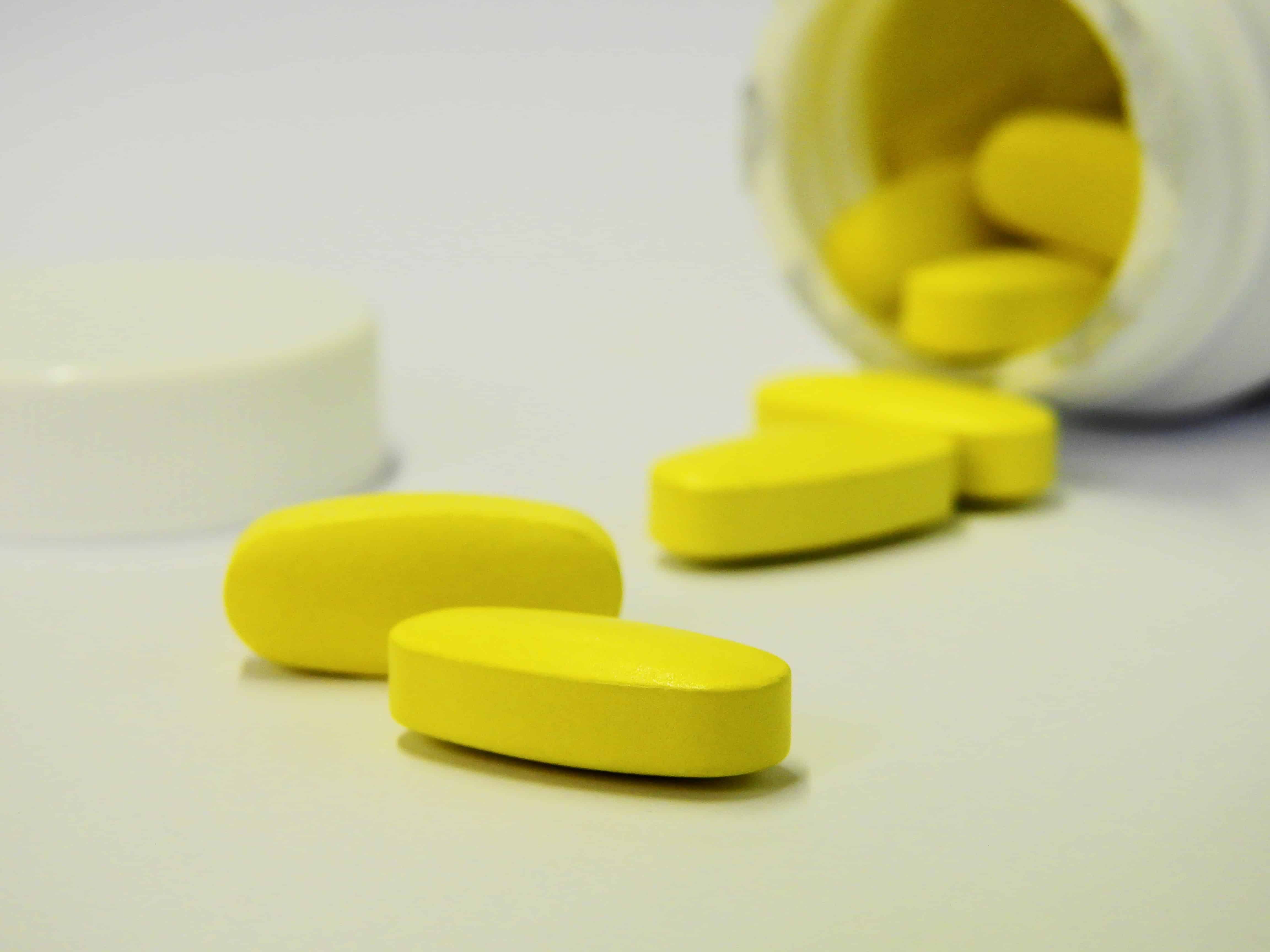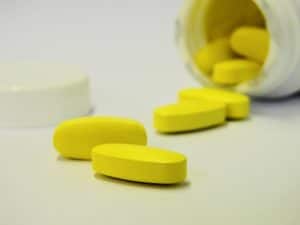It is likely you have heard of creatine, as it is one of the most common supplements around. It is found in many regular foods, including red meat and sea food and therefore not prohibited by governing bodies. Athletes can therefore consume it without risk of penalty or repercussion. Approximately 95% of creatine is found within muscle, two thirds of which takes the form of phosphocreatine (PCr). In a normal day, you will consume 50% of creatine through diet and the rest is synthesised in the liver. Therefore, it is important any team sport player to know the benefits in improve performance, training and recovery.
Creatine and Energy Production
Our bodies are in a constant state of flux; producing, using and replenishing energy. However, we do not have enough stores to deal with the demands of exercise. Anaerobic energy systems are responsible for producing high amounts of energy quickly. As a result, You will produce energy the fastest using the phosphocreatine system (ATP-PCr).
The ATP-PCr system is capable of producing energy for 8-10 seconds. It does this by breaking down ATP to create adenosine diphosphate (ADP) and a singular phosphate. Additionally, PCr is broken down by creatine kinase into creatine and another singular phosphate, producing energy to be used again. Unfortunately, ATP and PCr stores run out quickly, which is why only 10 seconds of high power is porduced.
Creatine stores also positively effect aerobic energy systems. Mitochondria break down and resynthesises ATP to create energy. Because of this, It is suggested that creatine stores help to shuttle high energy components to sites of production.
What This Means For Team Sport Players
An athlete is able to increase their creatine stores by up to 40%. Consuming 5 g of creatine monohydrate, 4 times a day for 5-7 days appears to be the most effective way to do this. Furthermore, it can take up 6 weeks for stores to return to their original level, even without continued supplementation. Larger athletes may need to consume up to 10 g per day whilst vegetarians may experience greater improvement due to lower initial stores.
Making creatine more available to all energy systems maybe the key to increasing work capacity and training adaptations. In both training and match scenarios this will allow players to do more work and most likely see improved training quality. Furthermore, research has suggested that creatine supplementation lead to a reduction in muscle cramps, strains and total injury count compared to those without additional intake.
Is It Safe?
A recent statements from the International Society of Sports Nutrition showed no adverse effects or health warnings from short or long term supplementation across all populations. Creatine supplementation can lead to small increases in body mass but most team sports do not rely on weight class’. The only thing of note is the existence of non-responders. Some scientists believe some people simply do not respond to creatine supplementation.
Suggested Use For Team Sport Players
If you are a team sport player I see no reason not to take creatine. The availability and low cost mean it is simple for you to include it in their day to day routine. 5 g or 0.3/kg/day of creatine monohydrate for 3 – 5 days is the most effective way to saturate creatine stores. From here, 3-5 g per day will maintain saturation levels.
Try supplementing for a week or two and see if you feel or see a difference in your performance. As a leading Personal Trainer in Richmond and South West London, I want to get the most out of our time together. If you are a team sport player looking to improve your performance, maybe creatine will give you the extra 5% you’ve been missing.

